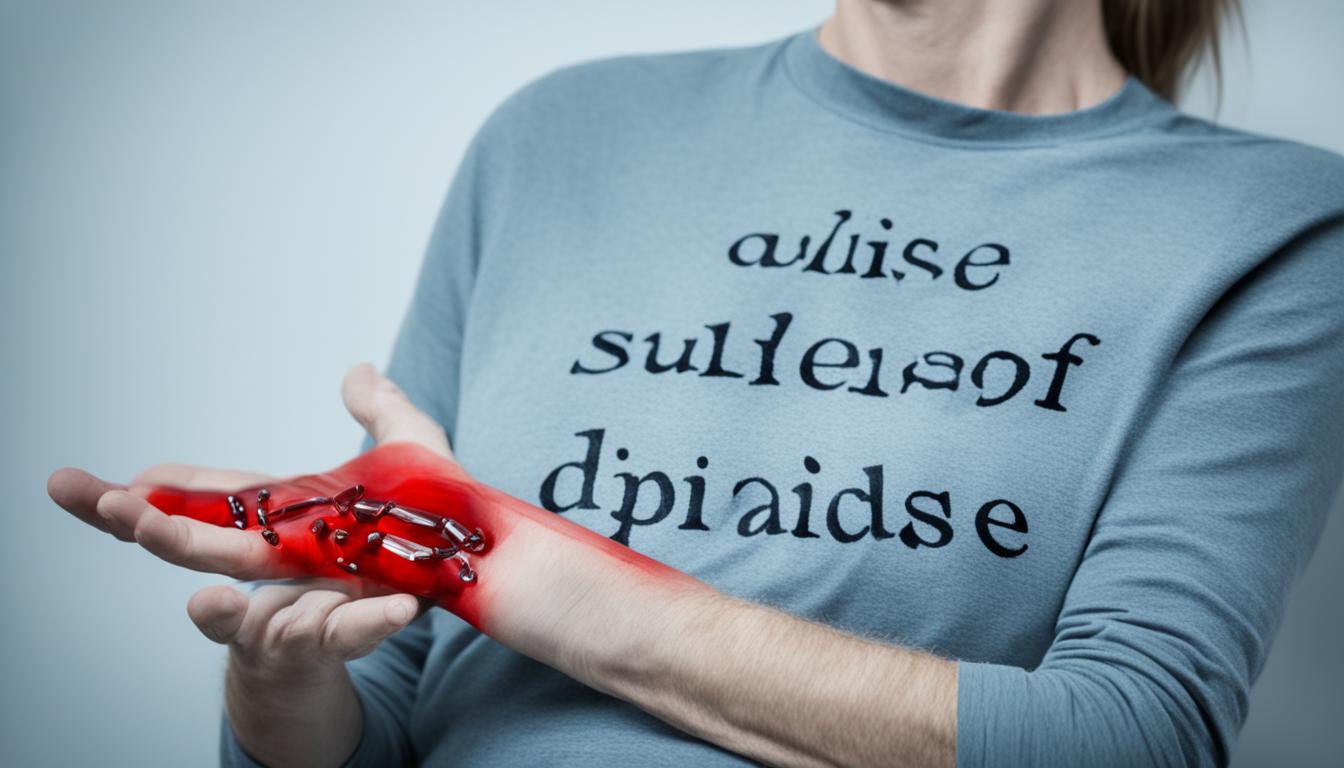Trigeminal Neuralgia is often called the “Suicide Disease” because of the pain it causes. This condition leads to intense facial pain. It can happen when simple things like eating or talking trigger the pain. Doctors aren’t exactly sure what causes it, but they think it might be due to the trigeminal nerve getting squished by blood vessels.
Doctors usually diagnose Trigeminal Neuralgia by listening to what the patient says and by checking them physically. People with this disease often feel a sudden, sharp pain like electric shocks shooting through their face. These episodes can last from a few seconds to a few minutes.
There are several ways to treat Trigeminal Neuralgia, including surgery and medicine. A new treatment, stem cell therapy, is also available. This treatment can repair damaged nerves. It’s particularly good for people who haven’t found relief with normal treatments, or for those looking for long-lasting solutions.
If you think you might have Trigeminal Neuralgia, don’t hesitate to see a doctor. An early and correct diagnosis can make a big difference in your life. The right treatment can help a lot with the pain and improve your quality of life.
Key Takeaways:
- Trigeminal Neuralgia, known as the “Suicide Disease,” causes severe facial pain triggered by everyday activities.
- Exact causes of Trigeminal Neuralgia are still unknown, but it is believed to be related to abnormal blood vessel compression.
- Diagnosis is based on patient-reported symptoms and physical examination.
- Treatment options include medication, surgery, and innovative therapies like stem cell therapy.
- Stem cell therapy offers hope for long-term pain relief for individuals with Trigeminal Neuralgia.
Stem Cell Therapy for Suicide Disease
Stem cell therapy offers a unique treatment for those with suicide disease, or Trigeminal Neuralgia. This condition causes constant pain and is nicknamed “Suicide Disease” for its severe effects.
This treatment uses the power of stem cells in regenerative medicine. It aims to relieve long-term, severe pain. Stem cells can turn into different cell types, even nerve cells.
For suicide disease, the therapy focuses on fixing damaged nerves. It aims to reduce the ongoing pain. Studies show some patients feel less pain and enjoy better life quality after the treatment.
This treatment can help when other methods fail. It aims to offer lasting relief. By using the regenerative power of stem cells, it brings hope to those fighting suicide disease.
As research in stem cell therapy grows, so do its potential benefits. This includes suicide disease and other forms of chronic pain. More progress could mean better outcomes and more relief for patients.
Comparison of Treatment Options for Suicide Disease
| Treatment Option | Relief from Chronic Pain | Long-term Effects | Success Rate |
|---|---|---|---|
| Medication | Partial relief | Temporary | Moderate |
| Surgery | Potential relief | Varies | Variable |
| Innovative Stem Cell Therapy | Significant relief | Potentially long-term | Emerging |
Understanding Suicide: Mental Health Crisis and Suicide Prevention
Suicide is more than individual actions. It reflects a big mental health crisis needing our focus. By creating awareness and supporting suicide prevention efforts, we can save lives and help those in need.
Self-harm and thoughts of suicide might show a deeper issue like depression. It’s vital to spot these signs early to help at-risk people. If someone shows changes in how they act, pulls away from others, or talks about losing hope, it’s a warning we should take seriously.
There’s help available for those in crisis. Suicide hotlines and support groups are there to help. They listen, give advice, and connect people with professional help when necessary.
We must understand the reasons behind suicide, like feeling isolated or not getting enough mental health care. It’s key to fight these problems together and make a caring space. This way, we can build a society that values mental health and lowers suicide risks.

